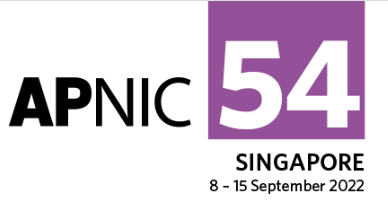APRICOT 2023 | Network Automation | APNIC Hackathon
Next month will be APRICOT 2023 which is exciting. The last in-person event of such kind was in Feb 2020 in Melbourne. Later APRICOT 2021 & 2022 were completely online (similar to other NOGs). This year’s APRICOT will be in Manila, Philippines. On the agenda will be meetings with network operators, CDNs and internet exchanges in the region. Along with that, I will be doing a 5-day long workshop on “Network Automation for Network Engineers”. This will be a step-upgrade from the last one I did at SANOG 38. One day extra gives me the option to add a CRUD-based app besides REST APIs. Plus I think 5 days will be the longest ever I have ever done in past.

